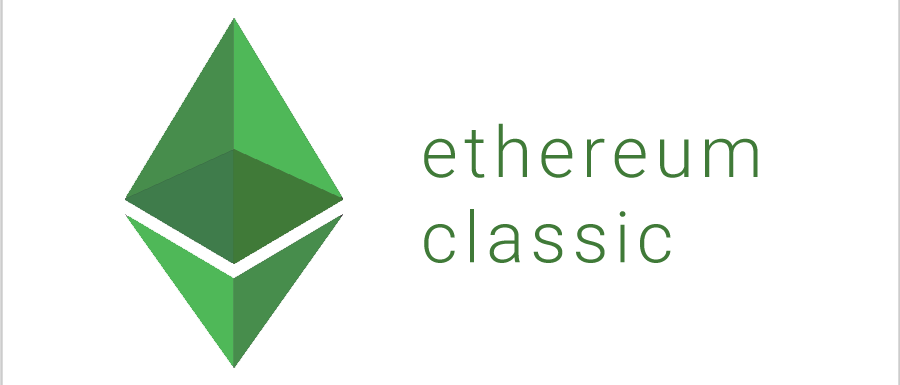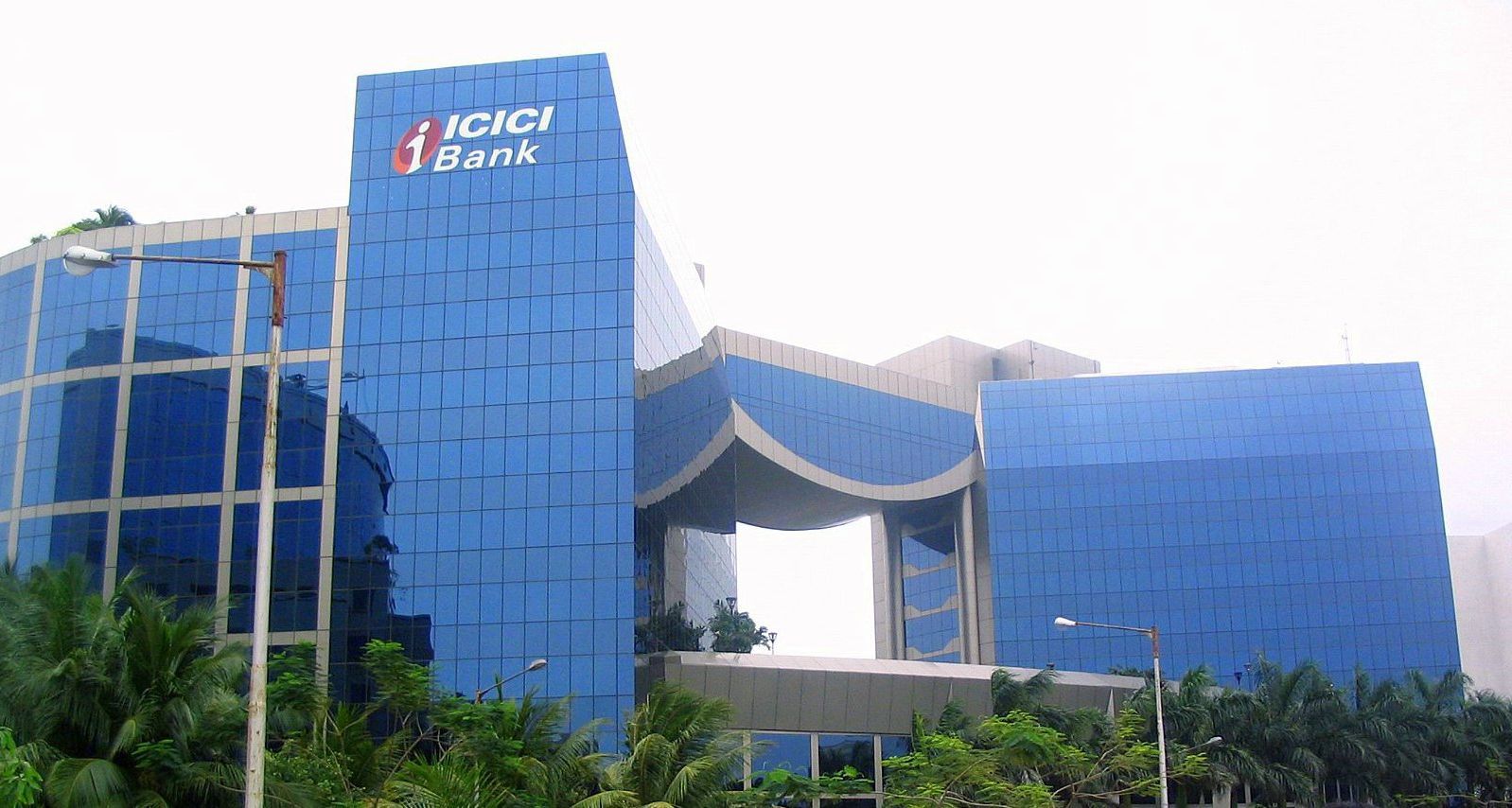Old and new Ethereum to be fully compatible according to the recent hard fork by Ethereum Classic. The hard fork is called Agharta and will help to reduce the compatibility problems between Ethereum Classic and Ethereum.
Ethereum Classic came into existence when some members of the Ethereum community rejected the hard fork on the grounds of “immutability”, the principle that the blockchain cannot be changed, and decided to keep using the unforked version of Ethereum. The first Ethereum Classic block that was not included in the forked Ethereum chain was block number 1,920,000, which was generated by Classic miners on July 20, 2016.
Ethereum Classic underwent a technical hard fork to adjust the internal pricing for running various op codes on the Ethereum Virtual Machine (EVM) on 25 October 2016, similar to the hard fork the ETH chain did a week earlier. The goal was to more rationally price various compute-intensive and external reference commands to reduce the incentive for spammers who had conducted a month-long distributed denial-of-service attack on the Ethereum Classic network. A hard fork that occurred early 2017 successfully delayed the so-called “difficulty bomb”, originally added to Ethereum’s code in September 2015 in order to exponentially increase the difficulty of mining, or the competitive process by which new transaction blocks are added to the network.
The people who continued with Ethereum Classic advocate for blockchain immutability, and the concept that “code is law” against the pro-fork side (Ethereum) which largely argued for extra-protocol intentionality, decentralized decision-making, and conflict resolution. The project, however, is not officially supported by the Ethereum Foundation.
The upcoming Ethereum Classic (ETC) Agharta hard fork will include features of the Ethereum (ETH) Constantinople fork and intends to make ETC fully compatible with Ethereum.
In a press release shared with Cointelegraph on Dec. 26, ETC Labs further confirmed its intention to ensure full compatibility between ETC and ETH, as the coming Agharta update is expected to create backward compatibility between the two networks. ETC Labs CEO Terry Culver commented:
“Ethereum Classic Labs is one of the first incubators to support innovative projects on the Ethereum Classic Blockchain. The compatibility between the ETC network and the ETH network will accelerate development of the Ethereum Classic community and ecosystem.”
ETC Labs further points out that ETC and ETH grew from the same root and that restoring “technical compatibility will improve development processes and allow for differences while reducing disruption.” ETC Labs founder James Wo also commented on the upcoming hard fork:
“This update is a signal that we want to be compatible with Ethereum. We believe in the success of public blockchains, because they are built on the strength of the community.”
Agharta hard fork expected around Jan. 15
In December, ETC Core technology coordinator Stevan Lohja announced that ETC core developers and participating ecosystem stakeholders had agreed on a target block number for mainnet activation as well as a testnet review period for greater assurance. “Core developers agreed to activate Agharta on mainnet at block 9_573_000 which is expected around Jan. 15, 2020,” Lohja said.
ETC Labs Core rebrands to ETC Core to clarify difference with ETC Labs
Also in December, Lohja announced that ETC Labs Core had been rebranded to ETC Core. Lohja stipulated that this rebranding will assist the company to differentiate itself from ETC Labs, one of the first incubators that supported innovative projects on the Ethereum Classic blockchain.



